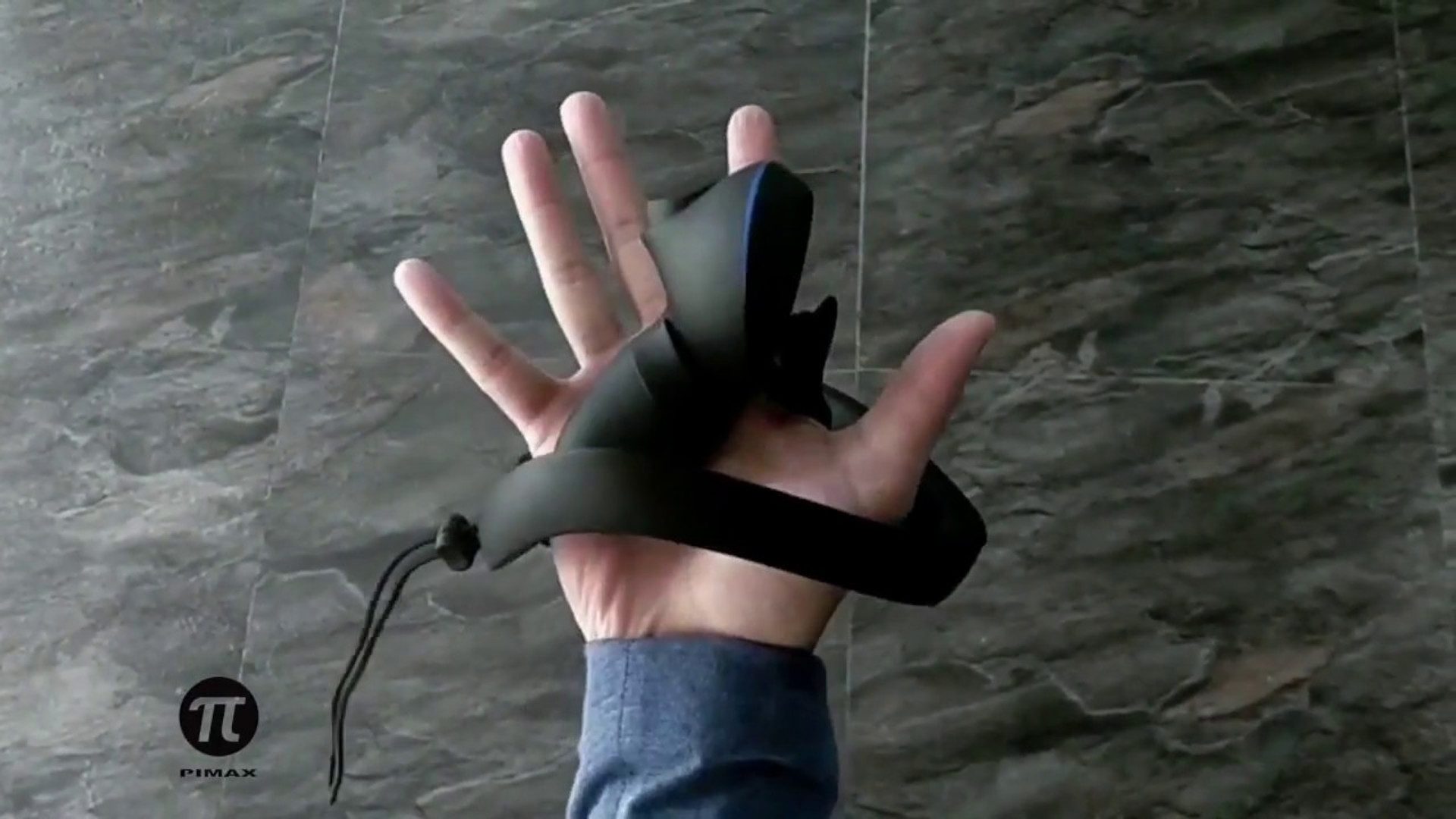Pimax today announced they’ve headed into the mass production phase of the Pimax “8K” VR headset.
“The obstacles that prevent us from mass production have been eliminated last week, thus the whole project now can move on with full speed towards Kickstarter delivery,” the company writes in an update. Pimax wasn’t specific on the exact problems preventing mass production, citing “hardware bottlenecks” which made the entire team wait until recently. One known complication however was a lens design issue that supposedly delayed the M1 pre-production unit a number of months, pushing it from its expected February shipping date to the end of May.
Pimax says the M1 pre-production version of the “8K” headset, which was handed out to nine hand-picked beta testers, has given the company “lots of valuable feedback” and helped the company “to address the issues related to user experience in general, the vast subset of physical features, and user habits in different countries/regions.”

The update provided some new information on changes coming to the final production version; Pimax “8K” will arrive with the option to either display at 200 degrees or 170 degrees FOV, something Pimax says you can pick before launching an app based on your preference and graphics cards capability.
The timeline to backer delivery has been stretched somewhat as well by the inclusion of SteamVR 2.0 tracking sensors, both in the headset itself and the ‘Knuckles’ style Pimax controller. The company says they’ll be providing two SteamVR basestations, although it’s uncertain from the update if these are 1.0 or 2.0 basestations (2.0 sensors are backwards compatible, 2.0 basestations aren’t). The company hasn’t given any estimations for delivery this time around.

Pimax is also creating a business version, which they say will eventually be available, and differently colored to distinguish it from the consumer version.
If you haven’t been following along with Pimax’s Kickstarter, you may have noticed we’ve been putting “8K” in quotes. This is done to indicate that the 8K name is just that, a name that doesn’t reflect the specs of the headset. The headset integrates dual 3840×2160 low-persistence LCD panels, so not 8K by any stretch. In our CES 2018 hands-on with the recent prototype (before M1), the headset did however boast an extremely wide field of view that at times seemed very promising. We’re hoping the kinks have all been worked out, as it’ll be the first wide FOV headset available on the consumer market.







